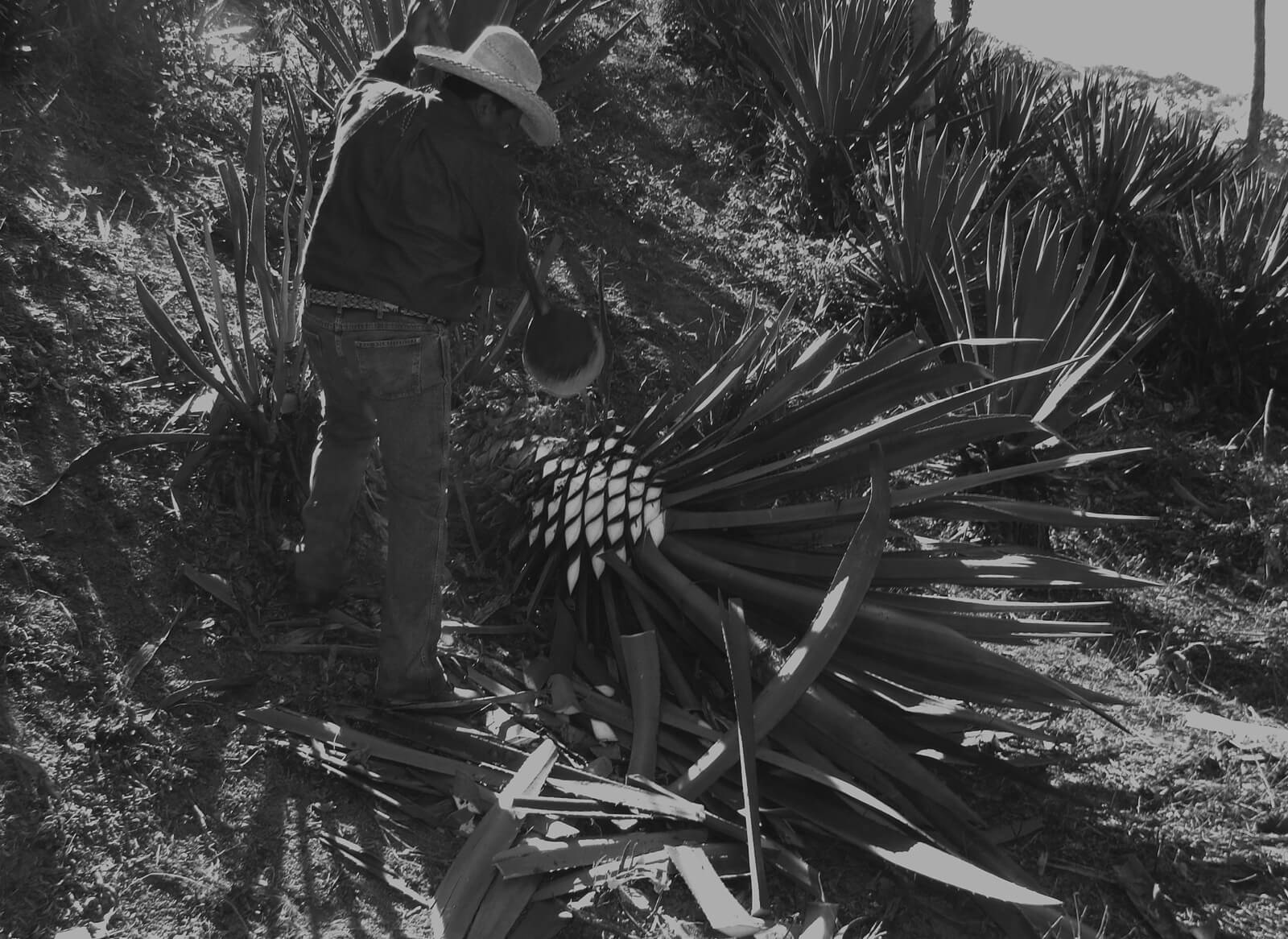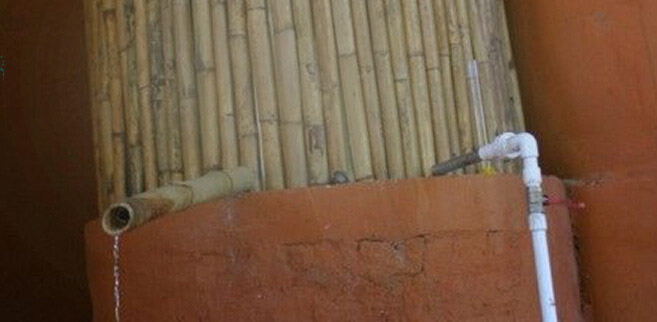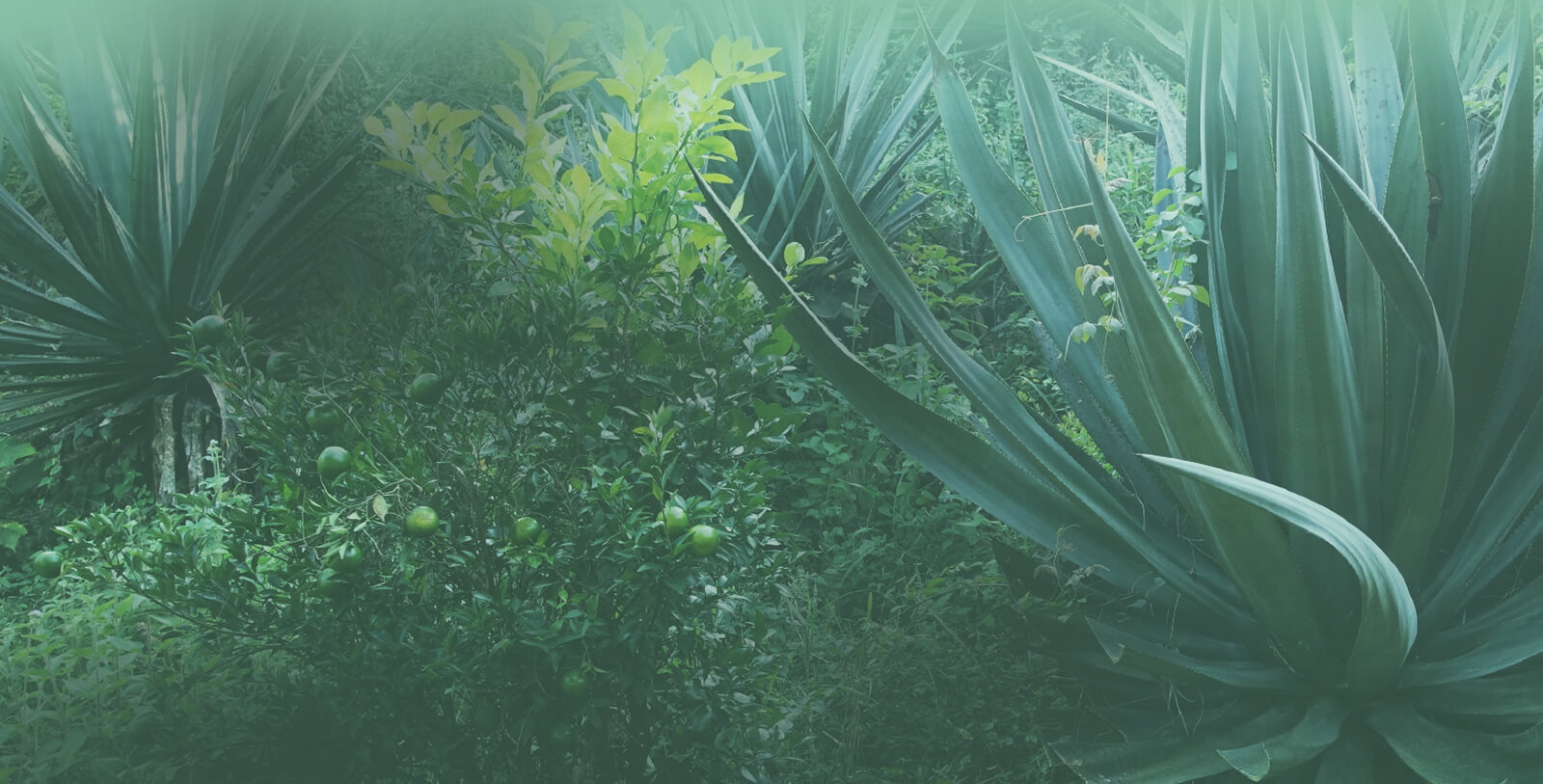







A REGIONAL NICHE WITHIN THE MEZCAL CATEGORY


A REGIONAL NICHE WITHIN THE MEZCAL CATEGORY
the spirit
Raicilla is a type of mezcal produced primarily in the western Mexican state of Jalisco but also neighboring Nayarit. While there are similarities to other agave spirits, the types of agaves, cooking, cultivation, terroir and flavor are distinct. Raicilla is produced in micro-distilleries called tabernas. These tabernas are either owned by families or communities, serving as a collective – not unlike grain or coffee production.



the HISTORY
Over 400 years ago, in the late 1500s and early 1600s, there was a mining boon in the Sierra Madre Occidental mountain range that cuts through Jalisco and Nayarit. It was during this time that raicilla as it is now known today started to be produced.
the NAME
Old lore has it that producers used the term “vago de raicilla” to confuse the Spanish and thus avoid the heavy taxes and fines levied on local spirits in the New World. Raicilla translates to tiny root, or rootlet, and others believe the name of the spirit originated from the literal context of producing using the roots of the agave leaves, the piña.

 , n. the small surface bubbles, or pearls, that form when taberneros measure the alcohol content in a batch of raicilla – a time-honored tradition
, n. the small surface bubbles, or pearls, that form when taberneros measure the alcohol content in a batch of raicilla – a time-honored tradition Santiago Díaz Ramos


 agave
agave
 cooking
cooking
 Milling
Milling
 Fermentation
Fermentation
 1st Distillation
1st Distillation
 2nd Distillation
2nd Distillation






